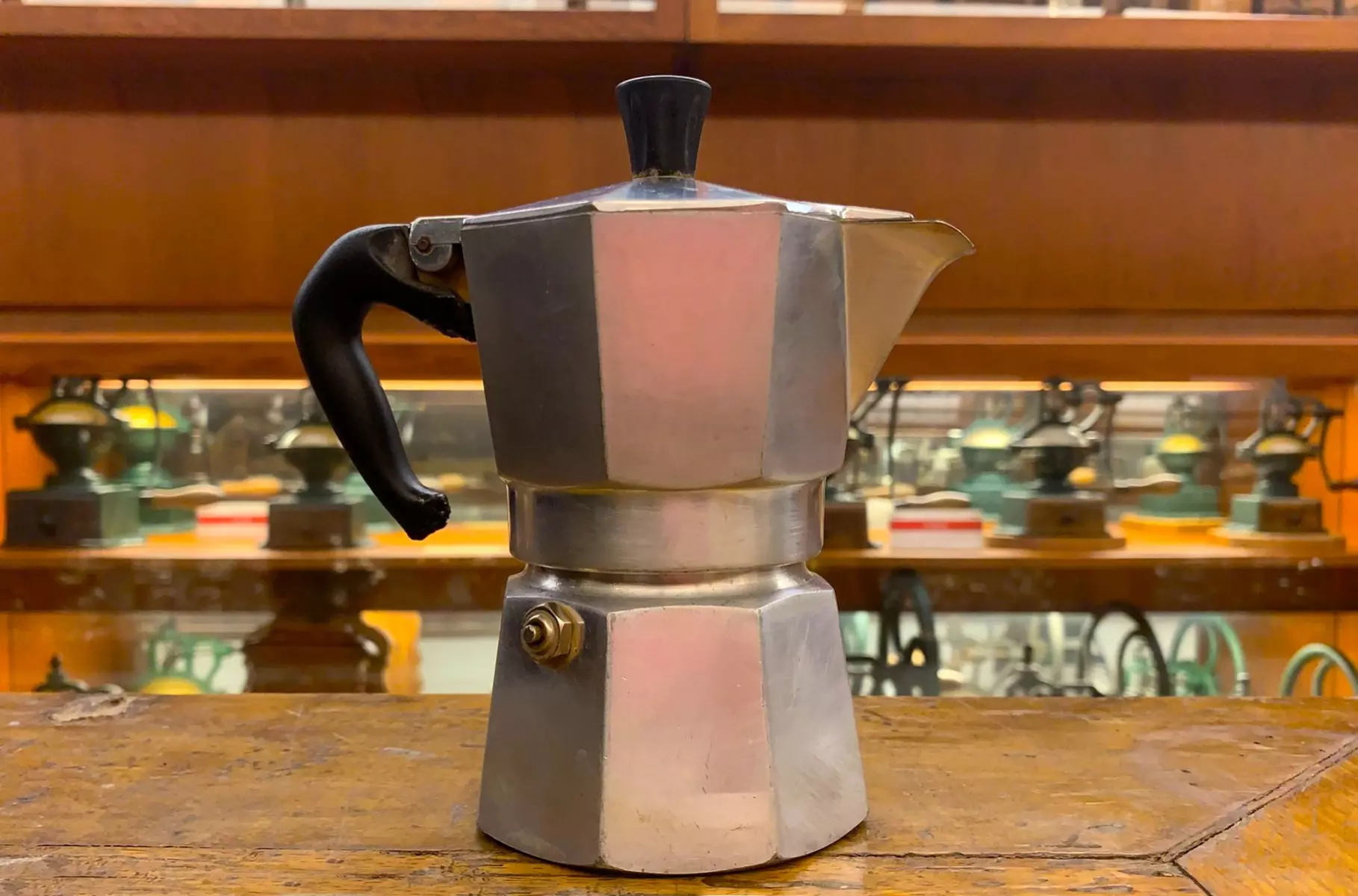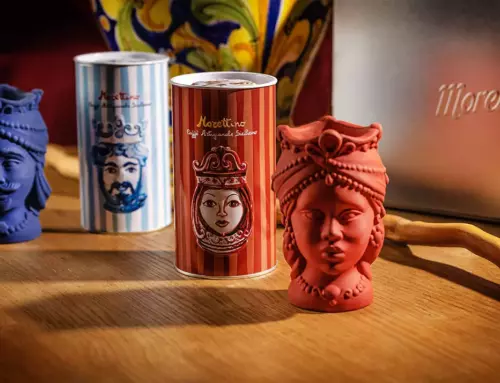Coffee is a symbol of conviviality, a union of different histories and cultures. All the people has always marked their days with the coffee ritual.
In our imagination, the coffee par excellence is that prepared with Moka, which however was born in Italy only in 1933 thanks to the ingenuity of Alfonso Bialetti.
But the origins of the Coffee makers are much more distant and are lost in the mists of time. Many of these specimens are kept inside the Morettino Museum Factory, the first example of a museum dedicated to coffee in the world, which has over a thousand instruments related to the black drink.
THE ANCESTORS OF THE COFFEE MAKER
The habit of drinking coffee spread in Europe only around 1600, following the siege of Vienna by the Turks.
But in Africa and the Middle East, coffee had been drunk for centuries. In Ethiopia, the land of origin of the coffee plant, and in some African countries, coffee was prepared using the Jebena, the oldest coffee maker in the world. This method of preparation is also used today and involves a precise ritual handed down by Ethiopian women from mother to daughter.
Moving to Turkey, however, the coffee was extracted with Ibrik and legend has it that the first coffee was offered by Allah to Muhammad who, exhausted by the heat of the desert, managed to recover and defeat 40 cavaliers.
We can therefore say that Jebena and Ibrik are a bit like the grandmothers of the Coffee Makers as we know it.
In Europe there was no real method to prepare this drink. The most common method was to boil the coffee in water and filter the resulting drink. The European people had to wait until 1800 to see the first coffee pot as we understand it.
THE ORIGIN OF THE NEAPOLITAN … IN FRANCE!
The first coffee maker in Europe was invented in France and from this example the Neapolitan people drew inspiration to build the Neapolitan coffee maker.
In 1820, in fact, it was the French tinsmith Jean-Louise Morize who patented the first double filter inversion coffee maker, which will be an inspiration decades later for the birth of the Neapolitan, also known as “Cuccumella”, which has become a true icon of Neapolitan lifestyle.
HERE COMES THE MOKA
In the Thirties, in the homes of Italians, the Neapolitan began to be supplanted by a revolutionary instrument: the Moka. It was invented in 1933 by Alfonso Bialetti, an industrialist who worked in the aluminum sector. A small octagonal instrument, whose name is inspired by the city of Mokha in Yemen, will soon become a symbol of Italy in the world: one example is in fact kept in the permanent collection of the MoMA in New York.
In a short amount of time the Moka became the most used method in Italy to prepare coffee at home, undermined only in the last decade by the advent of automatic pod and capsule machines.
What we suggest, however, is to choose a high quality ground coffee and rediscover this ancient and suggestive ritual, take the right time and savor the full taste of a good coffee that tastes like home.





